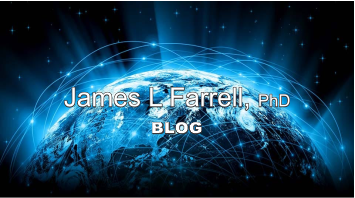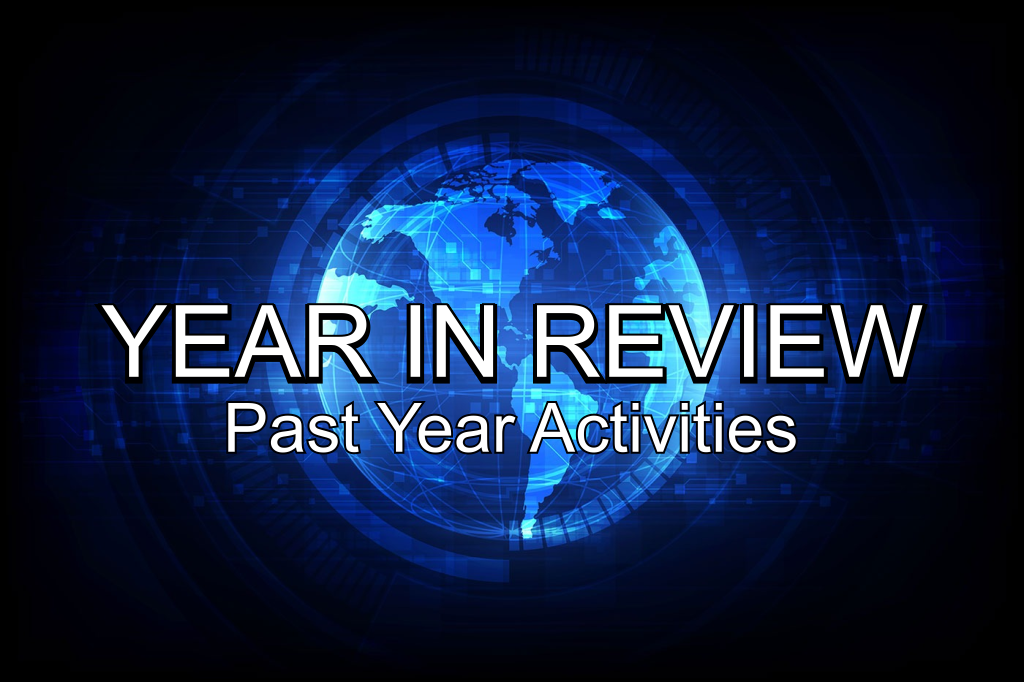GPS Receiver Mechanization Pioneered at Ohio University
GPS codes are chosen to produce a strong response if and only if a received signal and its anticipated pattern are closely aligned in time. Conventional designs thus use correlators to ascertain that alignment. Mechanization may take various forms (e.g., comparison of early-vs-late time-shifted replicas), but dependence on the correlation is fundamental. There is also the complicating factor of additional coding superimposed for satellite ephemeris and clock information but, again, various methods have long been known for handling both forms of modulation. Tracking of the carrier phase is likewise highly developed, with capability to provide sub-wavelength accuracies.
An alternative approach using FFT computation allows replacement of all correlators and track loops. The Wiener-Khintchine theorem is well over a half-century old (actually closer to a century), but using it in this application has become feasible only recently. To implement it for GPS a receiver input’s FFT is followed with term-by-term multiplication by the FFT of each separate anticipated pattern (again with optional insertion of fractional-millisecond time shifts for further refinement and again with various means of handling the added clock-&-ephemeris modulation). According to Wiener-Khintchine, multiplication in the frequency domain corresponds to convolution in time — so the inverse FFT of the product provides the needed correlation information.
FFT processing instantly yields a number of significant benefits. The correlations are obtained for all cells, not just the limited few that would be seen by a track loop. Furthermore all cell responses are unconditionally available. Also, FFTs are not only unconditionally stable but, as an all-zero filter bank (as opposed to a loop with poles as well as zeros), the FFT provides linear phase in the passband. Expressed alternatively, no distortion in the phase-vs-frequency characteristic means constant group delay over the signal spectrum.
The FFT processing approach adapts equally well with or without IMU integration. With it, the method (called deep integration here) goes significantly beyond ultratight coupling, which was previously regarded as the ultimate achievement. Reasons for deep integration’s superiority are just the traits succinctly noted in the preceding paragraph.
Finally it is acknowledged that this fundamental discussion touches very lightly on receiver configuration, only scratching the surface. Highly recommended are the following sources plus references cited therein:
- A very early analytical development by D. van Nee and A. Coenen,
“New fast GPS code-acquisition techniquee using FFT,” Electronics Letters, vol. 27, pp. 158–160, January 1991. - The early pioneering work in mechanization by Prof. Frank van Graas et. al.,
“Comparison of two approaches for GNSS receiver algorithms: batch processing and sequential processing considerations,” ION GNSS-2005 - The book by Borre, Akos, Bertelsen, Rinder, and Jensen,
A software-defined GPS and Galileo receiver: A single-frequency approach (2007).










